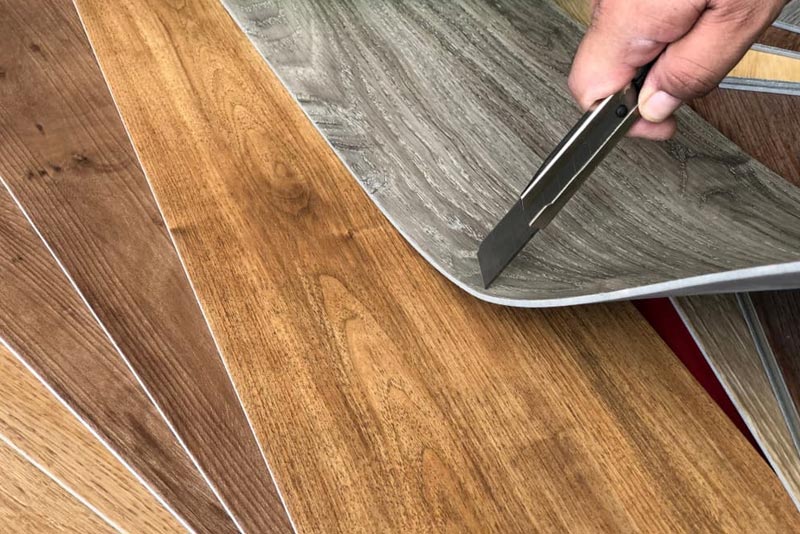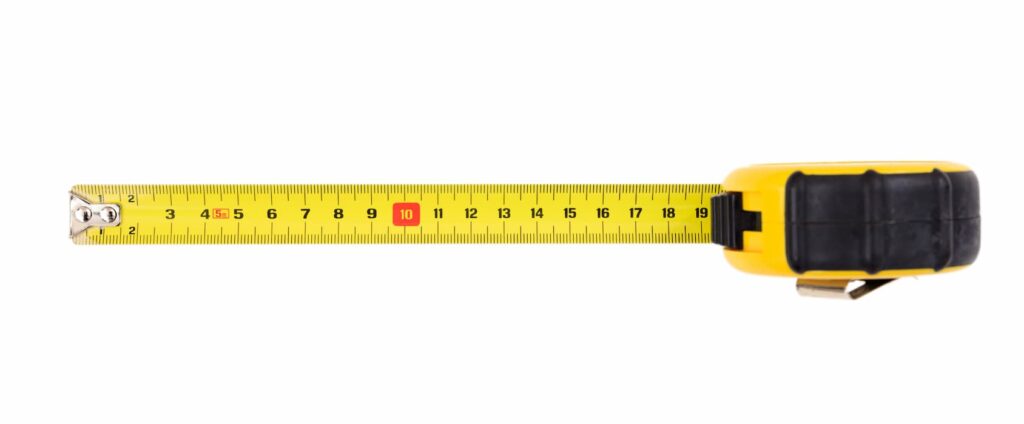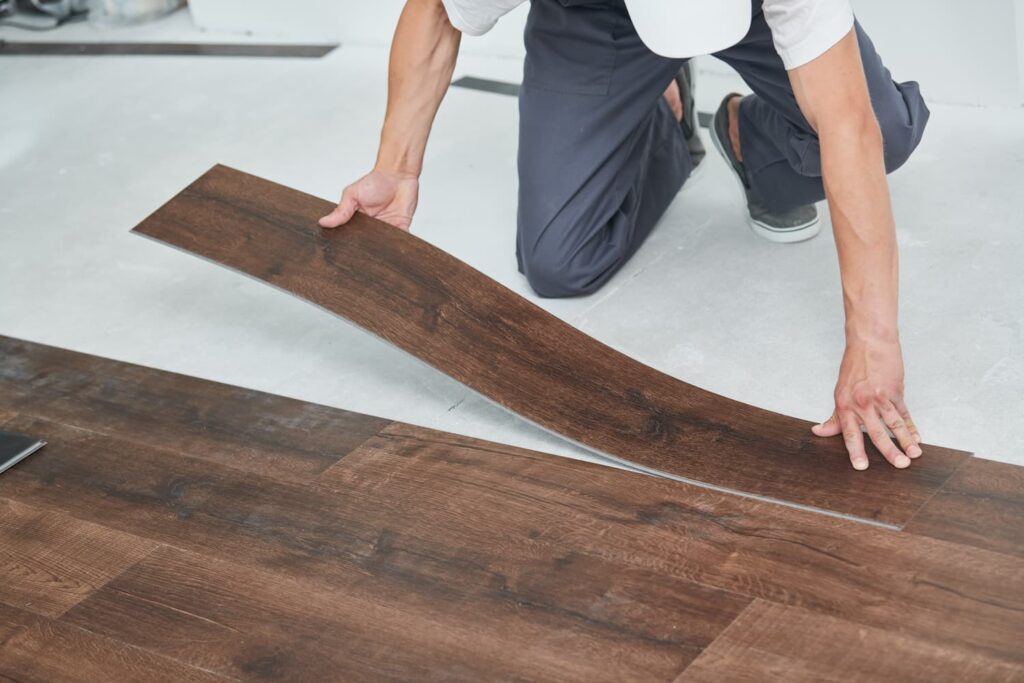Whether renovating an old home or building from the ground up, engineered wood flooring is a great way to give your floors a natural, high-end look and feel. Engineered wood flooring is constructed with three layers of wood glued together for increased durability. Compared to solid wood or other popular alternatives, engineered wood floors are superior in appearance and require less time and effort to clean and maintain.
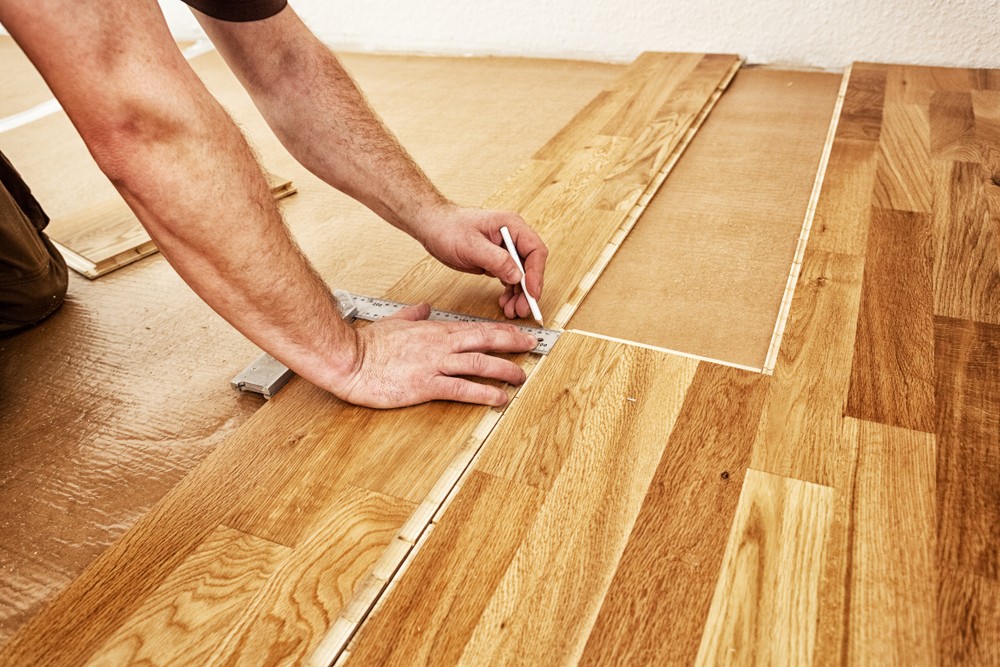
If you are looking for a great alternative to standard wood flooring, engineered wood floors are a great choice. Our flooring experts at Precision Flooring have put together this guide to give you a comprehensive overview of engineered wood flooring and the benefits it can bring to your home or business. Whether you are a business owner or homeowner in the DC metro or northern VA area, you’ll find a wealth of information about these flooring products and their installation below. Dig in!
Durability of Engineered Wood Flooring
The durability of engineered wood floors is one of their most attractive features. Engineered wood flooring is constructed with multiple layers of plywood and other materials, which makes it much more stable than traditional hardwood flooring. This sturdy construction makes the flooring material an excellent choice for those concerned about moisture and temperature changes in their homes or businesses.
Furthermore, the top layer of the flooring is usually made of a hardwood species, such as oak or cherry, giving it a classic and attractive look, making it a great choice for busy households, as it can withstand scratches, dents, and spills.
Engineered hardwood flooring also requires less maintenance than traditional hardwood flooring. It is easy to clean and maintain and will look beautiful for many years. And, because it is easier to install, you can have a beautiful hardwood floor added to your property in no time. Its durability and low-maintenance requirements make it the perfect choice for busy households.
Water Resistance
Compared to solid wood flooring, engineered wood can withstand extreme temperatures better. The multi-ply plank’s adaptability facilitates expansion without compromising strength or stability.
The hardwood and plywood layers are permanently fused via heat and pressure during the bonding process, rendering the wood immune to expansion, contraction, warping, and cupping in wet or dry environments such as laundromats.
Heat Resistance
Compared to traditional wood flooring, engineered wood is better equipped to withstand moisture because of its dimensional stability, preventing warping and other deformations when the wood comes into contact with water. Engineered wood, such as plywood, is more stable than hardwood because its fibers are arranged crosswise in layers.
Furthermore, engineered wood flooring is a great option for damp rooms like bathrooms and basements due to its high moisture resistance capacity. And, because of its moisture resistance, engineered wood is more durable than solid hardwood.
Appearance of Engineered Wood Floors
While engineered wood floors generally have an aesthetic outlook, there are several coverings you could go for, depending on your taste and financial muscle. The finishes range from matte to semi-gloss to high-gloss, and styles range from oak to maple. You can choose from a high-quality oiled finish or a cheaper lacquered finish. You can alter the aesthetic to make it look more contemporary or older.
Because different types of wood are used, engineered wood floors can have many visual qualities. Wood flooring can range from very dark to very light and every shade in between. Consider installing engineered wood flooring instead of carpet to make your home look chic and up-to-date.
Lifespan of Engineered Wood
The lifespan of engineered wood flooring will depend on the quality of the product and the amount of care it is given. Generally, engineered wood flooring can last up to 25 years if well-maintained. This maintenance includes regular sweeping and mopping, avoiding abrasive cleaners, and preventing water damage.
The wear and tear of the floor will also depend on the amount of traffic it endures. Areas with heavy foot traffic will likely require more frequent cleaning and maintenance, while areas with lighter traffic may require less.
In addition, the finish of the floor will also play a role in its lifespan. A good quality finish should be applied to the floor to help protect it from damage and wear and tear. If the finish is not of good quality, it may begin to wear away or chip over time, which can reduce the lifespan of the floor. With a proper coating and great care, engineered wood flooring can offer a durable and attractive option.
Resale Value of Engineered Wood
Spending money on renovations is a great way to increase your home’s value before selling it. Spending a little time and energy fixing up and improving your home will also pay off when you finally unwind there.
If you want to wow potential buyers, why not begin with the flooring? Houses can be difficult to sell in the current market, but if you carefully choose and install high-quality flooring, you will already be one step closer to closing the deal.
Engineered hardwood floors are indistinguishable from real hardwood in appearance, giving your home that “wow” factor that will attract buyers the moment they step inside. The veneer used for the surface is available in many different kinds of wood, so you can choose a look that works well with both traditional and contemporary interior design.
Engineered Wood Flooring vs. Hardwood Flooring
Hardwood floor planks can range in width from 8 inches up to 12 inches. The gaps between floorboards are typically less noticeable after a solid floor has been laid. Engineered wood flooring can be found in a wider range of widths than its solid wood counterpart, but it still maintains the same realistic appearance.
After full installation, engineered wood flooring with a veneer layer can pass for solid wood. Engineered wood flooring cannot be stained or finished, unlike hardwood.
Engineered wood flooring is made of a thin veneer over a plywood base. Not only does this novel manufacturing process help preserve valuable trees, but it also lowers production costs and increases the longevity of the final product, in this case, your floor. New material formed from recycled wood fiber and stone dust replaces plywood because it is more durable and consistent in size.
Engineered Wood Flooring vs. Laminate Flooring
Engineered wood flooring comprises a solid wood veneer that is layered with plywood and then glued together. The top layer is usually a hardwood species, such as oak or maple. Engineered wood flooring is generally more durable than laminate flooring. It is also easier to install, as it can be snapped together and floated over most existing subfloors.
Laminate flooring comprises a fiberboard core topped with a photographic image of hardwood, stone, or other material. Laminate flooring is more cost-effective than engineered wood flooring. It is also easy to install and does not require sanding or refinishing. However, it is not as durable as engineered wood flooring and can be easily scratched or dented.
Engineered Wood Flooring Installation
Engineered hardwood flooring is a good option for those who want the beauty and durability of hardwood but with a more straightforward installation process. Unlike solid hardwood, which must be nailed or stapled to a wooden subfloor, engineered hardwood can also be installed using various methods, including floating or gluing. This factor makes it easier for professional installers to work with, and it also means that you can install this flooring over various subfloor types, including concrete or plywood.
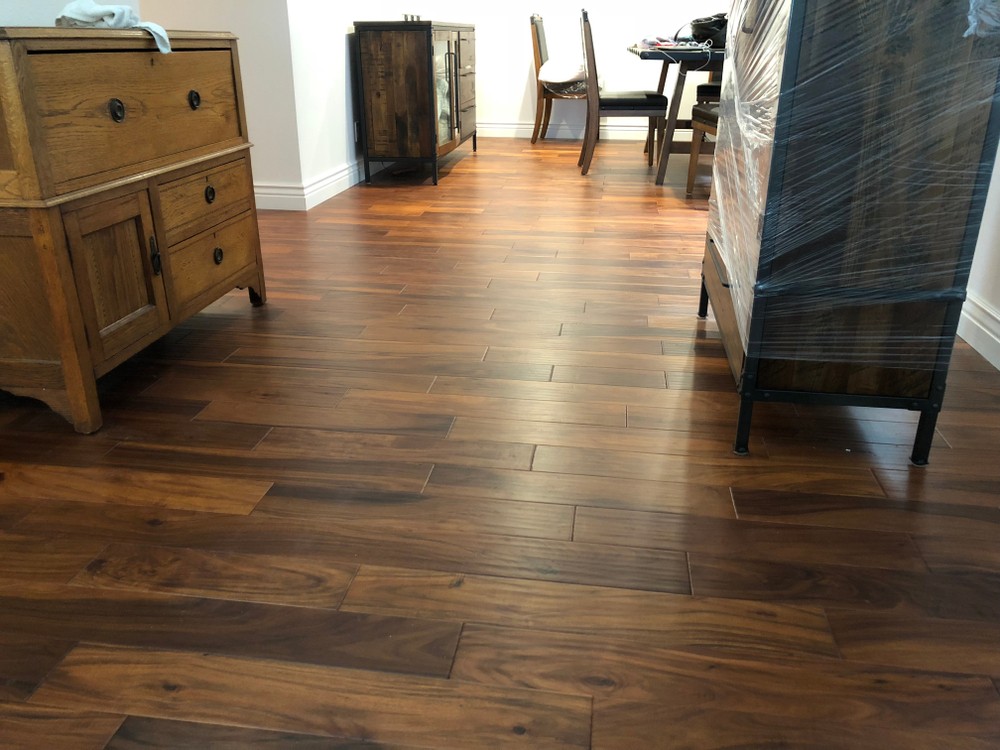
Additionally, because the engineered hardwood planks are pre-cut and sized, they can be easily fitted into most spaces, making the installation process more efficient and cost-effective. Overall, the simplicity of installation is one of the main reasons engineered hardwood flooring is such a popular choice among homeowners and contractors.
Find the Best Selection of Water-Resistant Flooring in the DC Metro Area
Installing engineered wood flooring in your new house is a modern and cost-effective method to reduce your carbon footprint. You can always get our expert guidance on the various floors available in the market to make your comparisons. Precision Flooring provides DC Metro Area and Northern VA residents with a wide selection of flooring products, including the best-engineered hardwood flooring, at pocket-friendly prices. You can browse our inventory to find the perfect floor for your dream home or business.
We also offer a wide range of services, including commercial flooring, commercial carpet installation, corporate office design, and flooring repair services. If you want an amazing look on your floor, contact us today and give us a chance to make you smile. You will love it!
Imaging Credit to Shutterstock users Ingo Bartussek & Zanoni Photos

